US Airways 2008 Annual Report Download - page 107
Download and view the complete annual report
Please find page 107 of the 2008 US Airways annual report below. You can navigate through the pages in the report by either clicking on the pages listed below, or by using the keyword search tool below to find specific information within the annual report.-
 1
1 -
 2
2 -
 3
3 -
 4
4 -
 5
5 -
 6
6 -
 7
7 -
 8
8 -
 9
9 -
 10
10 -
 11
11 -
 12
12 -
 13
13 -
 14
14 -
 15
15 -
 16
16 -
 17
17 -
 18
18 -
 19
19 -
 20
20 -
 21
21 -
 22
22 -
 23
23 -
 24
24 -
 25
25 -
 26
26 -
 27
27 -
 28
28 -
 29
29 -
 30
30 -
 31
31 -
 32
32 -
 33
33 -
 34
34 -
 35
35 -
 36
36 -
 37
37 -
 38
38 -
 39
39 -
 40
40 -
 41
41 -
 42
42 -
 43
43 -
 44
44 -
 45
45 -
 46
46 -
 47
47 -
 48
48 -
 49
49 -
 50
50 -
 51
51 -
 52
52 -
 53
53 -
 54
54 -
 55
55 -
 56
56 -
 57
57 -
 58
58 -
 59
59 -
 60
60 -
 61
61 -
 62
62 -
 63
63 -
 64
64 -
 65
65 -
 66
66 -
 67
67 -
 68
68 -
 69
69 -
 70
70 -
 71
71 -
 72
72 -
 73
73 -
 74
74 -
 75
75 -
 76
76 -
 77
77 -
 78
78 -
 79
79 -
 80
80 -
 81
81 -
 82
82 -
 83
83 -
 84
84 -
 85
85 -
 86
86 -
 87
87 -
 88
88 -
 89
89 -
 90
90 -
 91
91 -
 92
92 -
 93
93 -
 94
94 -
 95
95 -
 96
96 -
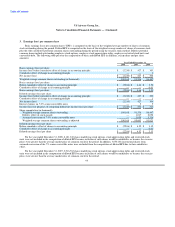 97
97 -
 98
98 -
 99
99 -
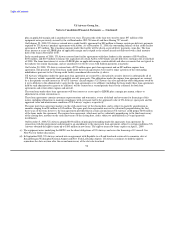 100
100 -
 101
101 -
 102
102 -
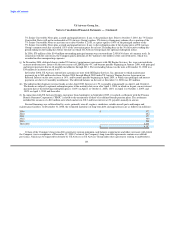 103
103 -
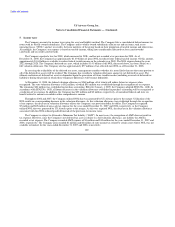 104
104 -
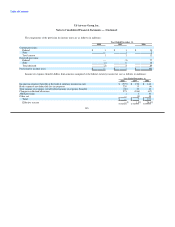 105
105 -
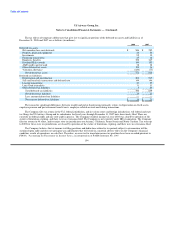 106
106 -
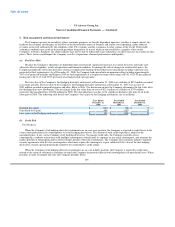 107
107 -
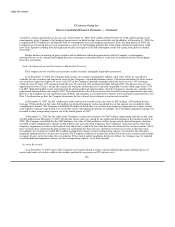 108
108 -
 109
109 -
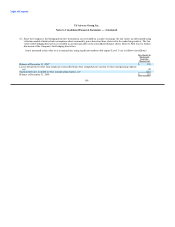 110
110 -
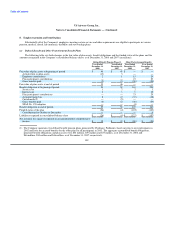 111
111 -
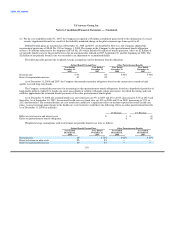 112
112 -
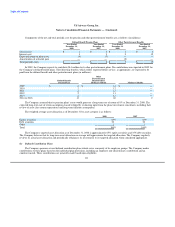 113
113 -
 114
114 -
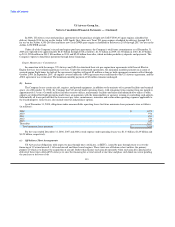 115
115 -
 116
116 -
 117
117 -
 118
118 -
 119
119 -
 120
120 -
 121
121 -
 122
122 -
 123
123 -
 124
124 -
 125
125 -
 126
126 -
 127
127 -
 128
128 -
 129
129 -
 130
130 -
 131
131 -
 132
132 -
 133
133 -
 134
134 -
 135
135 -
 136
136 -
 137
137 -
 138
138 -
 139
139 -
 140
140 -
 141
141 -
 142
142 -
 143
143 -
 144
144 -
 145
145 -
 146
146 -
 147
147 -
 148
148 -
 149
149 -
 150
150 -
 151
151 -
 152
152 -
 153
153 -
 154
154 -
 155
155 -
 156
156 -
 157
157 -
 158
158 -
 159
159 -
 160
160 -
 161
161 -
 162
162 -
 163
163 -
 164
164 -
 165
165 -
 166
166 -
 167
167 -
 168
168 -
 169
169 -
 170
170 -
 171
171 -
 172
172 -
 173
173 -
 174
174 -
 175
175 -
 176
176 -
 177
177 -
 178
178 -
 179
179 -
 180
180 -
 181
181 -
 182
182 -
 183
183 -
 184
184 -
 185
185 -
 186
186 -
 187
187 -
 188
188 -
 189
189 -
 190
190 -
 191
191 -
 192
192 -
 193
193 -
 194
194 -
 195
195 -
 196
196 -
 197
197 -
 198
198 -
 199
199 -
 200
200 -
 201
201 -
 202
202 -
 203
203 -
 204
204 -
 205
205 -
 206
206 -
 207
207 -
 208
208 -
 209
209 -
 210
210 -
 211
211 -
 212
212 -
 213
213 -
 214
214 -
 215
215 -
 216
216 -
 217
217 -
 218
218 -
 219
219 -
 220
220 -
 221
221 -
 222
222 -
 223
223 -
 224
224 -
 225
225 -
 226
226 -
 227
227 -
 228
228 -
 229
229 -
 230
230 -
 231
231 -
 232
232 -
 233
233 -
 234
234 -
 235
235 -
 236
236 -
 237
237 -
 238
238 -
 239
239 -
 240
240 -
 241
241 -
 242
242 -
 243
243 -
 244
244 -
 245
245 -
 246
246 -
 247
247 -
 248
248 -
 249
249 -
 250
250 -
 251
251 -
 252
252 -
 253
253 -
 254
254 -
 255
255 -
 256
256 -
 257
257 -
 258
258 -
 259
259 -
 260
260 -
 261
261 -
 262
262 -
 263
263 -
 264
264 -
 265
265 -
 266
266 -
 267
267 -
 268
268 -
 269
269 -
 270
270 -
 271
271 -
 272
272 -
 273
273 -
 274
274 -
 275
275 -
 276
276 -
 277
277 -
 278
278 -
 279
279 -
 280
280 -
 281
281 -
 282
282 -
 283
283 -
 284
284 -
 285
285 -
 286
286 -
 287
287 -
 288
288 -
 289
289 -
 290
290 -
 291
291 -
 292
292 -
 293
293 -
 294
294 -
 295
295 -
 296
296 -
 297
297 -
 298
298 -
 299
299 -
 300
300 -
 301
301 -
 302
302 -
 303
303 -
 304
304 -
 305
305 -
 306
306 -
 307
307 -
 308
308 -
 309
309 -
 310
310 -
 311
311 -
 312
312 -
 313
313 -
 314
314 -
 315
315 -
 316
316 -
 317
317 -
 318
318 -
 319
319 -
 320
320 -
 321
321 -
 322
322 -
 323
323 -
 324
324 -
 325
325 -
 326
326 -
 327
327 -
 328
328 -
 329
329 -
 330
330 -
 331
331 -
 332
332 -
 333
333 -
 334
334 -
 335
335 -
 336
336 -
 337
337 -
 338
338 -
 339
339 -
 340
340 -
 341
341 -
 342
342 -
 343
343 -
 344
344 -
 345
345 -
 346
346 -
 347
347 -
 348
348 -
 349
349 -
 350
350 -
 351
351 -
 352
352 -
 353
353 -
 354
354 -
 355
355 -
 356
356 -
 357
357 -
 358
358 -
 359
359 -
 360
360 -
 361
361 -
 362
362 -
 363
363 -
 364
364 -
 365
365 -
 366
366 -
 367
367 -
 368
368 -
 369
369 -
 370
370 -
 371
371 -
 372
372 -
 373
373 -
 374
374 -
 375
375 -
 376
376 -
 377
377 -
 378
378 -
 379
379 -
 380
380 -
 381
381 -
 382
382 -
 383
383 -
 384
384 -
 385
385 -
 386
386 -
 387
387 -
 388
388 -
 389
389 -
 390
390 -
 391
391 -
 392
392 -
 393
393 -
 394
394 -
 395
395 -
 396
396 -
 397
397 -
 398
398 -
 399
399 -
 400
400 -
 401
401
 |
 |
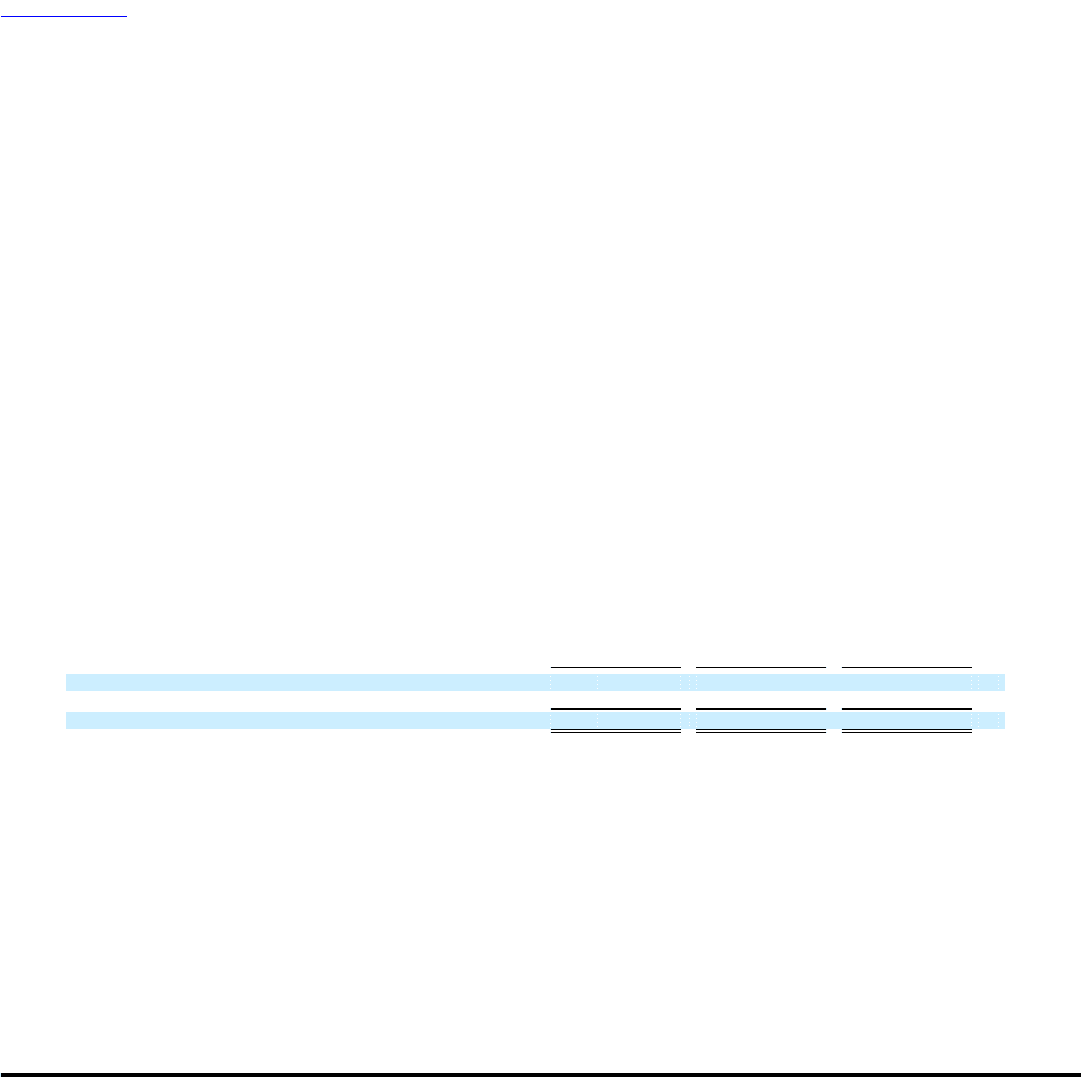
Table of Contents
US Airways Group, Inc.
Notes to Consolidated Financial Statements — (Continued)
6. Risk management and financial instruments
The Company operates in an industry whose economic prospects are heavily dependent upon two variables it cannot control: the
health of the economy and the price of fuel. Due to the discretionary nature of business and leisure travel spending, airline industry
revenues are heavily influenced by the condition of the U.S. economy and the economies in other regions of the world. Unfavorable
economic conditions may result in decreased passenger demand for air travel, which in turn could have a negative effect on the
Company's revenues. Similarly, the airline industry may not be able to sufficiently raise ticket prices to offset increases in aviation jet fuel
prices. These factors could impact the Company's results of operations, financial performance and liquidity.
(a) Fuel Price Risk
Because the Company's operations are dependent upon aviation fuel, significant increases in aviation fuel costs materially and
adversely affect its liquidity, results of operations and financial condition. To manage the risk of changes in aviation fuel prices, the
Company periodically enters into derivative contracts comprised of heating oil-based derivative instruments to hedge a portion of its
projected jet fuel requirements. As of December 31, 2008, the Company had entered into no premium collars to hedge approximately
14% of its projected mainline and Express 2009 jet fuel requirements at a weighted average collar range of $3.41 to $3.61 per gallon of
heating oil or $131.15 to $139.55 per barrel of estimated crude oil equivalent.
The fair value of the Company's fuel hedging derivative instruments at December 31, 2008 was a liability of $375 million recorded
in accounts payable. The fair value of the Company's fuel hedging derivative instruments at December 31, 2007 was an asset of
$121 million recorded in prepaid expenses and other. Refer to Note 7 for discussion on how the Company determines the fair value of its
fuel hedging derivative instruments. The net change in the fair value from an asset of $121 million to a liability of $375 million
represents the unrealized loss of $496 million for 2008. The unrealized loss was due to the significant decline in the price of oil in the
latter part of 2008. The following table details the Company's loss (gain) on fuel hedging instruments, net (in millions):
Year Ended Year Ended Year Ended
December 31, December 31, December 31,
2008 2007 2006
Realized loss (gain) $ (140) $ (58) $ 9
Unrealized loss (gain) 496 (187) 70
Loss (gain) on fuel hedging instruments, net $ 356 $ (245) $ 79
(b) Credit Risk
Fuel Hedging
When the Company's fuel hedging derivative instruments are in a net asset position, the Company is exposed to credit losses in the
event of non-performance by counterparties to its fuel hedging derivatives. The amount of such credit exposure is limited to the
unrealized gains, if any, on the Company's fuel hedging derivatives. To manage credit risks, the Company carefully selects
counterparties, conducts transactions with multiple counterparties which limits its exposure to any single counterparty, and monitors the
market position of the program and its relative market position with each counterparty. The Company also maintains industry-standard
security agreements with all of its counterparties which may require the counterparty to post collateral if the value of the fuel hedging
derivatives exceeds specified thresholds related to the counterparty's credit ratings.
When the Company's fuel hedging derivative instruments are in a net liability position, the Company is exposed to credit risks
related to the return of collateral in situations in which the Company has posted collateral with counterparties for unrealized losses. When
possible, in order to mitigate this risk, the Company provides letters
105
